Graphics Reference
In-Depth Information
Figure 12.7.
Extrusions and lofted surfaces.
()
=
()
+
v
put
fu
t
(12.11)
is called an
extrusion
. The vector
v
is called the
sweep vector
for the extrusion.
See Figure 12.7(a). The partials are again easy to compute:
∂
∂
p
u
∂
∂
p
t
()
=
f u
¢
and
=
v
.
(12.12)
Given two curves f, g : [a,b] Æ
R
3
, the parametric surface
Definition.
[
]
¥
[
Æ
3
pab
:,
01
,
R
defined by
(
)
=-
(
) ( )
+
()
p u v
,
1
v f u
vg u
.
(12.13)
is called a
lofted surface
.
Lofted surfaces are ruled surfaces that interpolate two curves. See Figure 12.7(b).
The partials are
∂
∂
p
u
∂
∂
p
t
(
)
( )
+
()
()
-
()
=-
1
v f u
¢
vg u
¢
and
=
gu
fu
.
(12.14)
Note that extrusions are a special case of a lofted surface. In both the case of extru-
sions and the case of lofted surfaces, one needs to worry about self-intersections. Of
the nondegenerate quadric surfaces, the cylinders and cones are ruled surfaces. The
hyperboloid of one sheet and the hyperbolic paraboloid are doubly ruled surfaces. For
a more thorough discussion of ruled surfaces that includes algorithms for computing
planar intersections and contour outlines see [PePR99].
One question that sometimes arises in the context of ruled surfaces is whether





